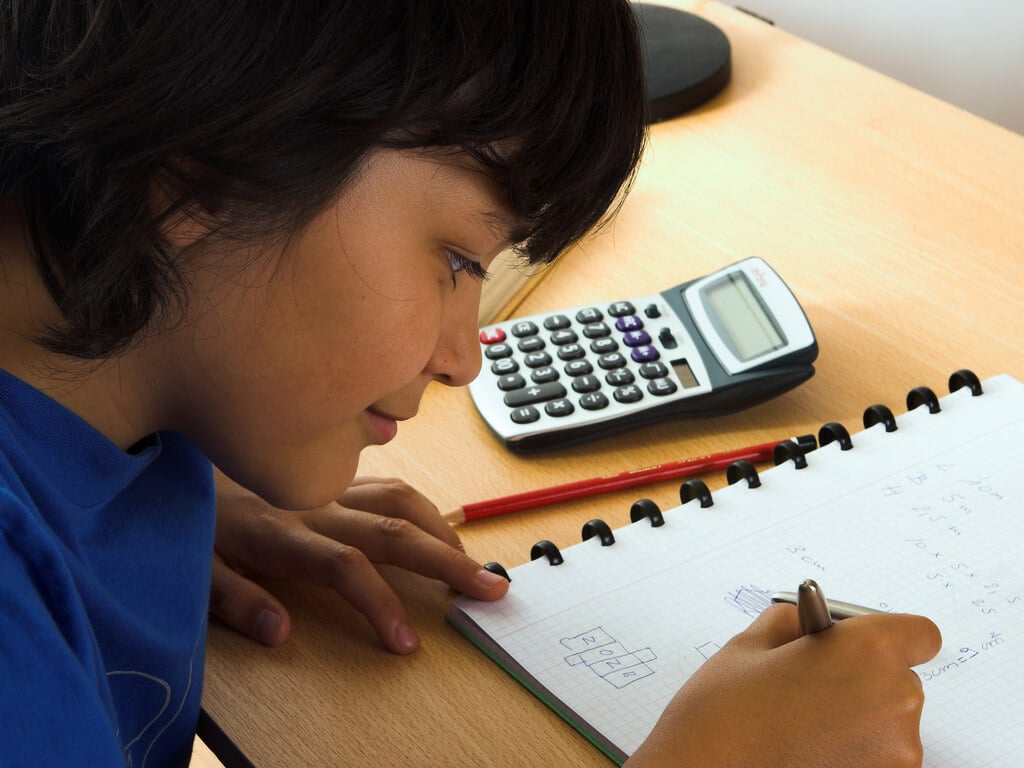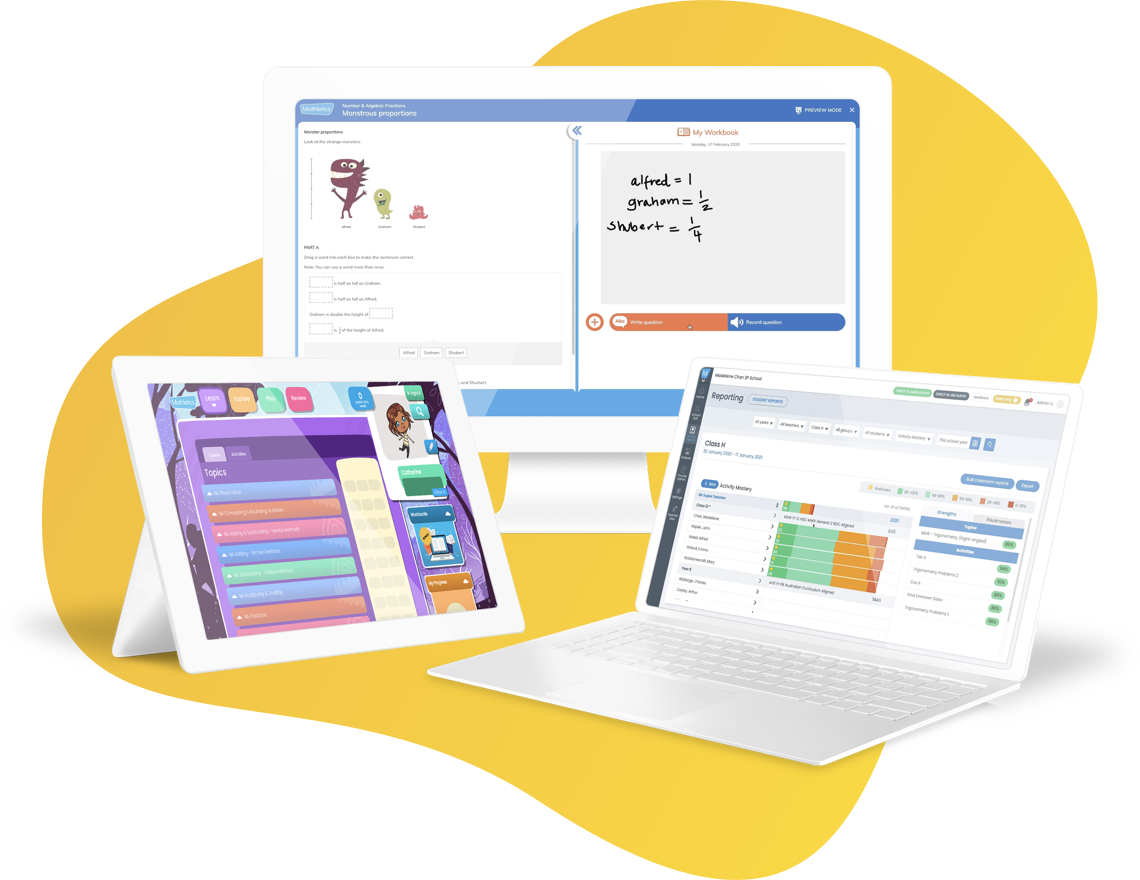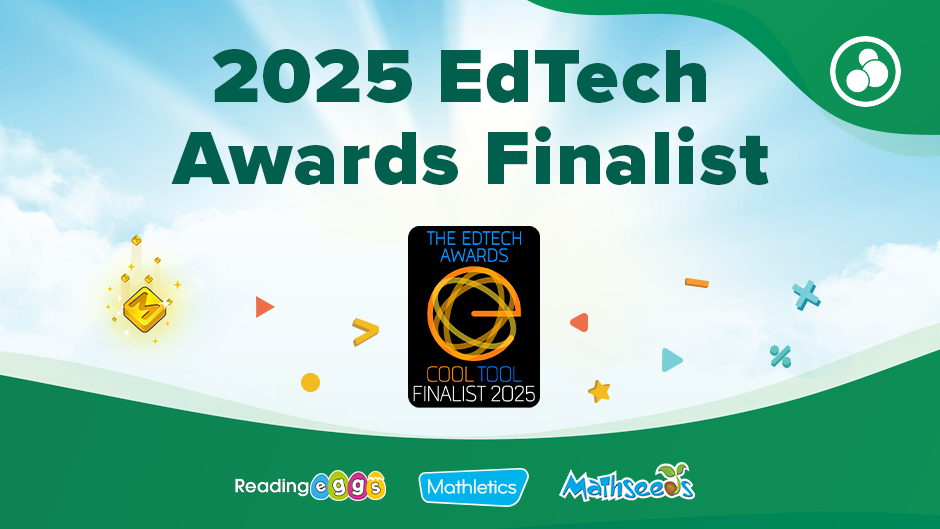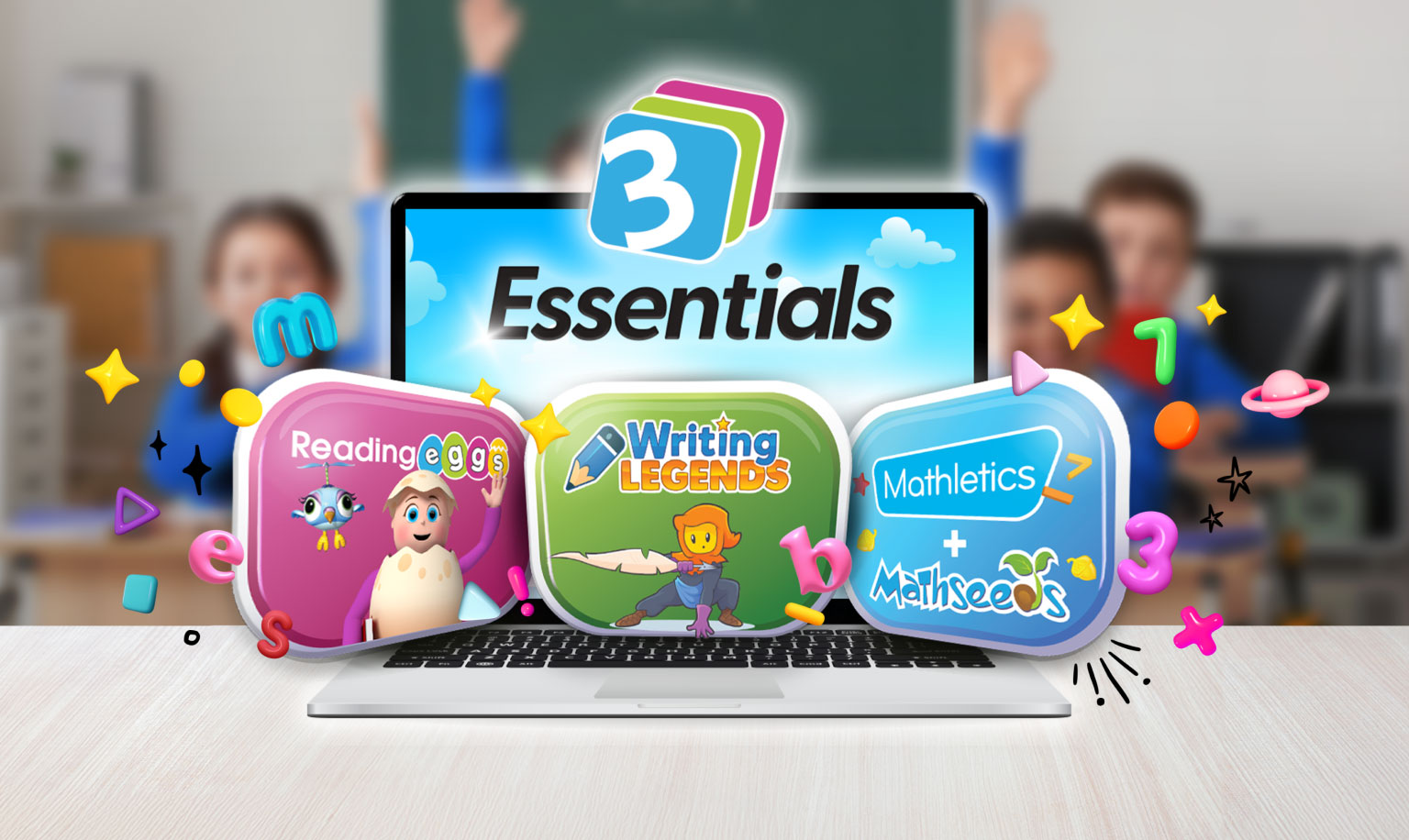
Teaching mathematical whiz-kids can be both rewarding and exhausting.
Fast finishers and budding geniuses need challenging enrichment activities, and these aren’t always easy to come up with.
By having effective enrichment activities up your sleeve, you can deepen the learning of your high achievers without creating extra work for them or you.
We’ve compiled 5 of those activities here, so you can deliver rich math experiences that replace “I’m finished” with “I’m still thinking”.
Important: what math enrichment is not
Before we get into what effective enrichment looks like in math, let’s dispel some of the myths that often put our brightest learners at a disadvantage. Enrichment is not:
Giving more of the same work
Enrichment work should never feel like more work. Giving advanced students another worksheet drilling the same concept will only encourage them to keep their head down next time they finish early.
Setting overly difficult tasks
Enrichment involves coming up with more challenging tasks, but this shouldn’t mean:
- dealing with unfamiliar concepts that haven’t been formally introduced
- deliberately creating tasks students can’t complete
- automatically giving students work from a higher-grade level.
There might be times when these initiatives do work, but they should never be the first option. Remember, enrichment is about furthering students – not testing them.
Offering less support
Enrichment learners may well need more independent math activities, but that doesn’t mean you should leave them to their own devices. They still need teacher support, even if it’s of a different kind.
The emotional side of the equation is important, too. Being ahead of their peers can often leave students feeling isolated and out of touch, so stay engaged with them to ensure they never feel left out of the whole class dynamic.
Now that we know what to avoid, let’s move on to 5 math enrichment activities that do work.
Metacognitive number talks
Strong mathematicians aren’t just fast with facts. They’re also able to slow down and pick from different “thinking moves” when faced with an unfamiliar problem.
Number talks develop this metacognitive ability to “think about thinking” by forcing students to reflect on how they approach a math task, instead of just doing it automatically.
Prompt your students to talk about the math they’re doing by asking open-ended discussion questions, such as:
- How many ways could you attempt to solve the problem?
- Why did you choose to approach it in that way?
- Which parts gave you a clue that this was a [division] problem?
- Why does that work?
- What happens if you try a different method?
Avoid funneling students toward a specific answer and give them some think time. Reward creative responses and talk about the importance of doing math thoughtfully as opposed to fast.
Problem-solving journals
A journal allows a student to detail their own mathematical thinking in as much depth as they like. Used in tandem with regular class discussions, they’re another powerful way of enriching metacognitive ability.
Give students a scaffold to structure a journal entry for each problem they attempt. It could look something like:
- What sort of problem did I think this was and why?
- What strategy did I adopt for solving it?
- What worked?
- What did I do that didn’t work?
- How did I find the answer?
- How did I check the answer to be sure it was correct?
This can be a tricky process for students who are used to doing math without reflection, so model it first. Over time they’ll develop their own strategies for reflecting on their thinking, which they’ll be able to put into practice when faced with new problems.
This is also the perfect enrichment activity for early finishers during class time. It’s totally independent, doesn’t require extra work, and pushes them to think more deeply about the activity they’ve just completed.
Open-ended problems
Encourage your students to grapple with open-ended problems that don’t have a single right answer. They’ll be able to think more creatively and flexibly when faced with real-world math problems that have many potential solutions.
Here are some examples ranging from simple to more complex:
- Two numbers add to 16. What could those numbers be?
- Imagine there are 24 students and four table groups in a classroom. Draw three different seating plans for the classroom.
- Amy buys a shirt that costs $15 more than Tim’s shirt. What might the two shirts have cost put together?
The best part of open-ended problems is their potential for differentiation. In the second question, for example, strong students could experiment with division while others stick to addition and subtraction. See what they come up with, and make sure you reward diverse and creative thinking.
Collaborative problem-solving
Enrich your students’ mathematical knowledge by letting them work together. They can use each other to clarify questions, test new ideas, and explore multiple approaches to a common problem.
One of the most effective strategies is the pieces of the puzzle approach, where every student in the group is given a unique piece of information to contribute toward a common problem. For example:
Mystery numbers
Create a set of clues that point to a common number and give one to each student. They’ll have to put these together to find out what the number is. For example, if the number was 18:
- The number is a multiple of 6.
- The number is even.
- The number is less than 20.
- When you add the digits together you get a multiple of 3.
Jigsaw shapes
Cut an identifiable shape out of a piece of card, then cut it into jigsaw pieces. Each student gets a jigsaw piece and they have to put it together to create the specified shape.
Cube models
Create a structure made out of cubes, then diagram how it looks from all sides (make sure students don’t see this part!). Each student receives one of these diagrams as a clue, and they have to put them together to reconstruct the initial model.
As with open-ended problems, these are strategies that enrich learning at all ability levels. Less confident students will benefit from seeing and hearing how others go about solving the problem, and high achievers will be encouraged to slow down and explain their thinking to the rest of the group.
Authentic math activities
If you’ve got students who tear through worksheets and textbook chapters at light speed, show them what math looks like outside the classroom. They’ll be pushed to apply their knowledge in engaging and relevant ways – and it will clue them into where their math skills might take them.
Here are two ideas:
Webquests
These are hypothetical scenarios that require students to research and understand a real-world math problem. For example:
- You’re throwing a birthday party for your friend. What will you do and how much will it cost? What could you cut back on if you had a budget to worry about?
- You’re planning an epic sea voyage across the Atlantic. Use Google Earth to figure out where you will be able to dock ship, and how far in total you will travel.
- You’re a climate scientist. What environmental trends should the public be aware of?
Webquests also give you the perfect opportunity to integrate math with other learning areas. Get creative and ask your students to help you devise engaging scenarios!
Scavenger hunts
A mathematical scavenger hunt encourages students to find the concepts they’ve been learning in real, authentic contexts. For example, students might be tasked with finding:
- patterns (in buildings, carpets, clothes)
- percentages (in catalogues, stores, advertisements)
- tables (newspapers, timetables)
- fractions (when ordering or serving food).
Seeing how math is actually applied in these authentic contexts will help students understand that math isn’t just an abstract. It’s a vital part of the world in which they live.
A final word on enrichment
Your math wunderkinds might be the first to dive into these activities with gusto. But they won’t be the only ones to reap the benefits.
Because effective enrichment deepens the understanding of every student. Their prior ability level doesn’t matter.
So give your whole class the benefits of enrichment. Start planning one of the rich tasks in this article or explore one of our award-winning math programs for primary and secondary classrooms. With curriculum-aligned activities that develop creativity and curiosity – not just fluency – they’ll take your students to the next level.












